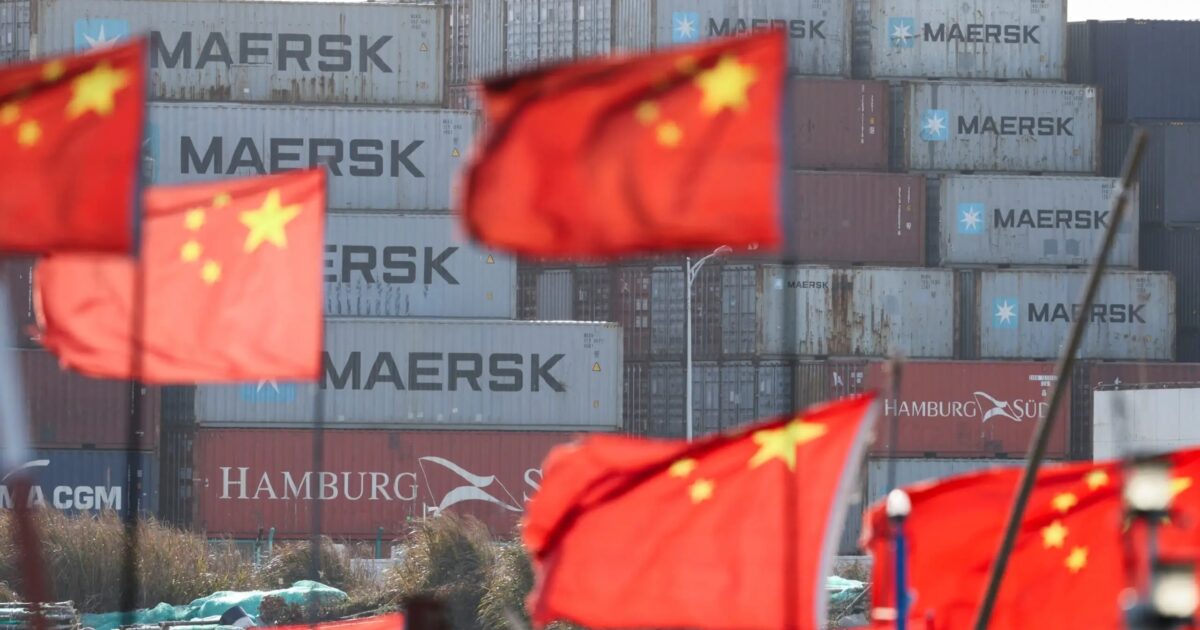The negotiations between the two largest economies on the planet was emptied as tomorrow, Tuesday, August 12, is the last day before the end of the 90 -day truce. USA – China For duties.
Developments with China do not leave the rest of the countries unaffected, whether they have reached an agreement with the US for duties or not, as an escalation of the trade war will capture everyone.
For the time being, the other fronts have partially and on a case -by -case basis: the European Union (EU) seems to lock 15% for most products, Switzerland receives 39%, Brazil 50%, while in India the charges rise up to 50% on selected species.
China
As long as the truce lasts, a 10% duty applies to each other for most of the US -China flows. If no extension is given tomorrow, a reinstatement of pre -ceasefire levels is activated: from the American side to 145% (at the maximum level announced in April) and from Chinese to 125%. The predisposition to an extension is technical, but the White House makes it clear that the president will make the final decision.
European Union
At the EU level, the July 28 agreement sets 15% for most European products imported into the US (including cars/spare parts, drugs and semiconductors), without accumulation of additional charges. Steel, aluminum and copper remain explicit at 50%. For Greek companies this means predictability at 15% for most categories, with a clear exception of metals. There are several fronts open, such as wines or drugs, as, for the latter, President Trump has threatened with duties up to 250%.
Switzerland
Following Washington’s fruitless contacts in Washington, the US has put in place 39% on Swiss products from August 7 (Washington). Reports have spoken that the targeting would even include 1kg gold bars, affecting a key to the Swiss economy industry, although the White House clarifications threw the tones on this one.
Brazil
Brazil, like other countries, underlying heavy punitive duties due to their trade relations with Russia, as it still buys a Russian crude.
Because of this, Washington imposed 50% on a wide range of Brazilian exports. In addition to the immediate impact on agri -food chains, the measure creates strong uncertainty about industrial flows to the US.
India
For the same reason, with a new act on August 6-7, the US added an additional 25% to Indian imports (21 days from the signature), raising to some species the total burden up to 50%. New Delhi has reacted, and international reports refer to “freezing” US weapon systems as a temporary escalation step.
Japan
The July Japanese agreement sets a 15% base for most Japanese products and reduces cars to 15% from 27.5%. Tokyo ensured clarification that there would be no additions and that any double charges made in the first days of application would be corrected. The full application timetable is pending, but with political commitment on both sides.
Trump’s new threats
But the agreements do not mean that it has ended anxiety, as the US president at every opportunity launches new threats to categories of products that are of strategic importance to the US. Semiconductor announced a 100% duty plan on imported chips, with exceptions for companies investing and producing in the US. In medicines, he talked about a “small” initial duty that will be scaled at 150% within 12–18 months and “with perspective” up to 250%. For the EU, it warned that if the accompanying “dossier” of 600 billion investment was not implemented, the rate could rise from 15% to 35%.
